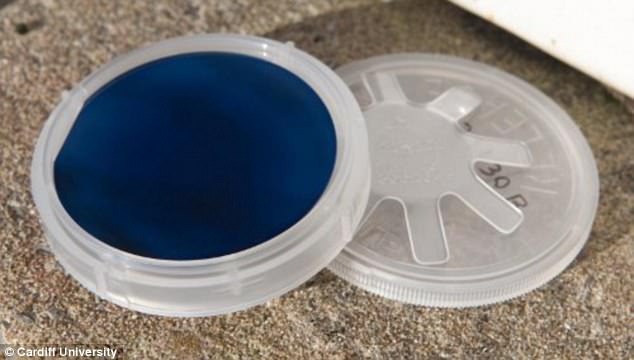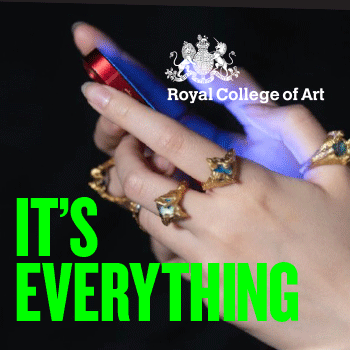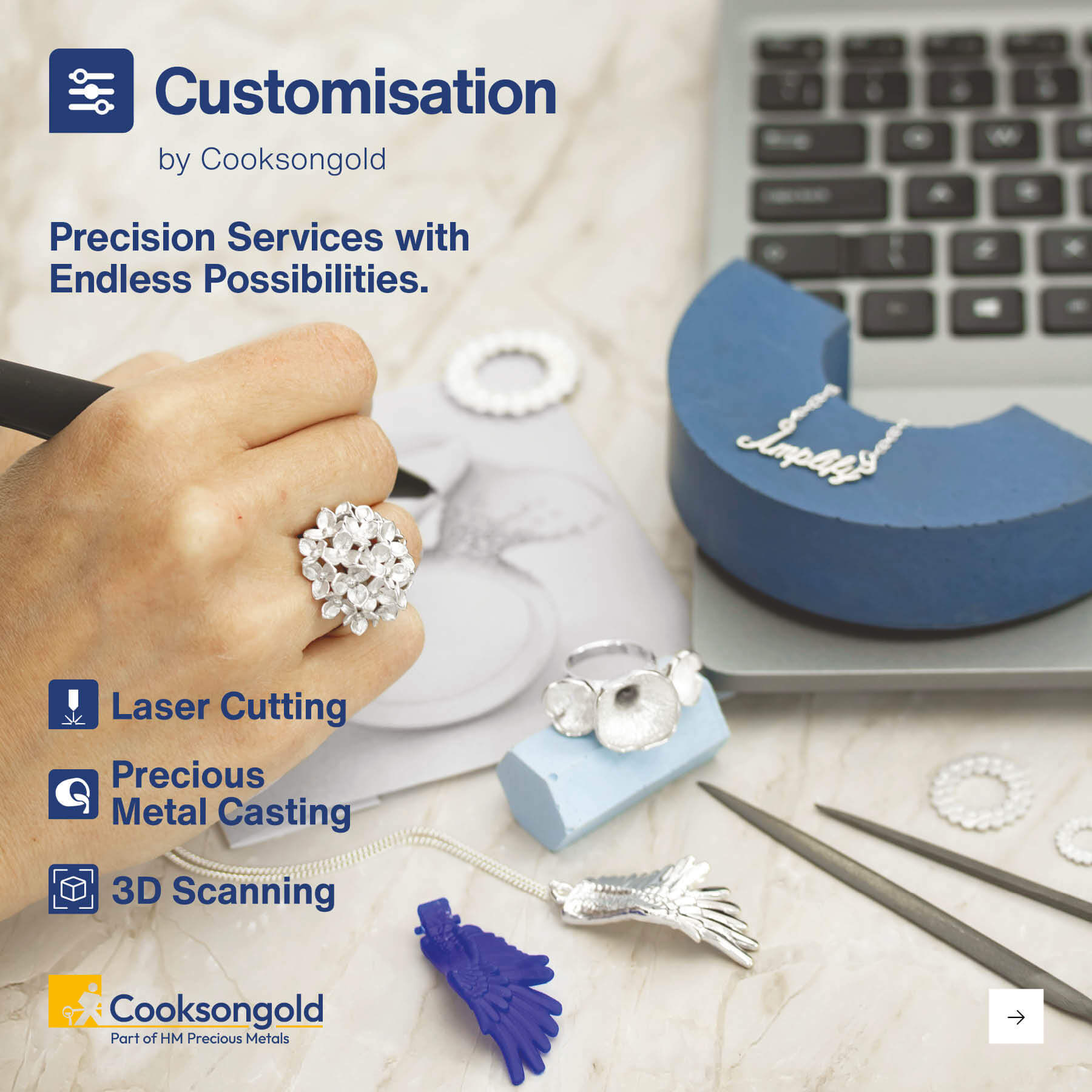Cheaper and cleaner - the way forward for diamonds?
Cheaper and cleaner - the way forward for diamonds?
Reading Time:
1 min {{readingTime}} mins
It takes between one and three billion years of intense heat and pressure to make a pure diamond....unless you believe the boffins at Cardiff University who reckon they can make a diamond in a few days. In a laboratory. And no one, they say, can tell the difference.
For a while now, more and more companies have been growing their own diamonds, selling them at around 15-20% less than natural gems. Making them in a laboratory leaves no carbon footprint and the end result is identical as far as the naked eye is concerned, or so they say, with only sophisticated equipment costing thousands of pounds able to differentiate real from synthetic.
Diamonds can be made yellow by adding nitrogen to the vacuum chamber, or blue by adding boron and according to jewellers who deal in both, the interest in the man made diamonds is growing creating an uncertain futire for the diamond mining industry.
Hatton Garden's Savvy + Sand stock both, and while only 10% are currently man made, they expect to be dealing more and more in lab-gems since buyers do not want to be associated with the blood money reputations of diamond mining companies and of unethical sourcing practices,

Growing diamonds in a lab in a matter of days
Co-owner Sandeep Babber said things were likely to change over the next few years.
"I think it's so personal," he told Sky News.
"Of course we have customers that love the idea of above ground diamonds, that it has less environmental impact (than mining). But then the majority of our clientele still do opt for the natural diamond. I do feel it's purely marketing driven. Above-ground stones have not had time to be marketed as extensively."
For years, making diamonds in a lab has been common practice among physicists conducting research into semi-conductors. All that is required, according to Professor Oliver Williams of Cardiff University, is a measure of methane and a helping of hydrogen gas, all heated to 3,000 degrees. The end result is something much purer than anything you have seen in nature.
"With the best growers, less than one atom in a trillion is an impurity. It's man actually beating nature. We're perfecting it. So for me there's an emotional thing to that too - because it's an enormous accomplishment to grow a material that traditionally has been very difficult to grow."
The idea that the value of a man made gem might match that of a real one was rejected by Jean-Marc Lieberherr, chief executive of the Diamond Producers Association, who maintained a gem's value is partly due to its sentimental quality.
"The fact they cannot be distinguished with naked eye does not make them identical, or equal," he told Sky News.
"Think of very good replica of Picasso painting. We might not be able to tell it apart, but with the right equipment an expert will be able to. One has enormous monetary and emotional value, one is a replica with no inherent or resale value.
"It's the same thing with diamonds. Effective industrial replicas of the real thing."
Author:
Published:











